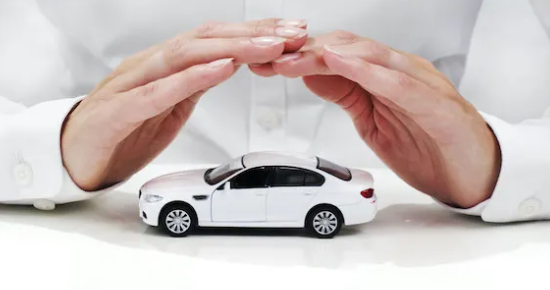Shielding Your Investment: Best Practices for Car Exterior Protection

A car is more than just a mode of transportation; it’s a significant investment and often a source of pride for its owner. To maintain its value and aesthetic appeal, protecting the car’s exterior is essential. Environmental factors like UV rays, road debris, and harsh weather conditions can take a toll on a vehicle’s appearance. Here are some best practices to ensure your car stays looking brand new for years to come.
Regular Washing and Waxing
One of the simplest yet most effective ways to protect your car’s exterior is through regular washing and waxing. Dirt, grime, and pollutants can adhere to your car’s surface, leading to scratches and dullness over time. Washing your car at least every two weeks helps remove these particles. Use a mild car wash soap and soft mitts to avoid scratching the paint.
Waxing your car every three to four months creates a protective barrier against environmental elements. It enhances the paint’s shine and makes it difficult for dirt and water to stick. Quality car wax can also shield your car from harmful UV rays, preventing paint from fading.
Protective Coatings
For long-lasting protection, consider applying a protective coating such as ceramic or paint protection film (PPF). Ceramic coatings bond with the car’s paint, providing a durable layer that repels water, dirt, and even minor scratches. They offer superior protection against environmental contaminants and make cleaning easier.
Paint protection films are clear polyurethane films applied to the car’s surface to shield against chips, scratches, and minor abrasions. PPF is particularly beneficial for high-impact areas like the hood and bumper. While these coatings can be more costly upfront, they offer exceptional long-term protection and can preserve your car’s resale value.
Benefits of Garage Storage and Car Covers
Whenever possible, park your car in a garage to shield it from the elements. Exposure to the sun’s UV rays can fade paint and damage the interior, while rain and snow can lead to rust and corrosion. A garage provides a controlled environment that significantly extends the life of your car’s exterior.
If garage storage isn’t an option, invest in a high-quality car cover. Car covers protect your vehicle from dust, bird droppings, tree sap, and harsh weather. Opt for covers that are breathable and water-resistant to prevent moisture buildup, which can lead to mold or mildew.
See also: The Evolution of Black Door Handles: From Traditional to Contemporary
Maintaining Paint and Preventing Rust
Regular maintenance of your car’s paint is crucial for keeping it in pristine condition. Inspect your car periodically for chips and scratches, and address them promptly with touch-up paint to prevent rust. Pay special attention to the car’s undercarriage, which is prone to rust due to road salt and moisture.
Applying a rust inhibitor to vulnerable areas can add an extra layer of protection. Ensure your car is thoroughly dried after washing, particularly in areas like the wheel wells, to prevent moisture-related rust.
Protecting Against UV Damage
UV damage is a common concern, especially in sunny climates. In addition to regular waxing, consider using UV protectants on plastic and rubber parts to prevent them from cracking and fading. Window tinting, like those available in Utah, can also block a significant amount of UV radiation, safeguarding both the car’s interior and exterior.
Conclusion
Now that you know the best practices for protecting your car’s exterior, it’s essential to implement them regularly. Regular washing and waxing, investing in protective coatings, utilizing garage storage or car covers, maintaining paint and preventing rust, and protecting against UV damage are all crucial steps to ensure your car stays looking new for years to come.





